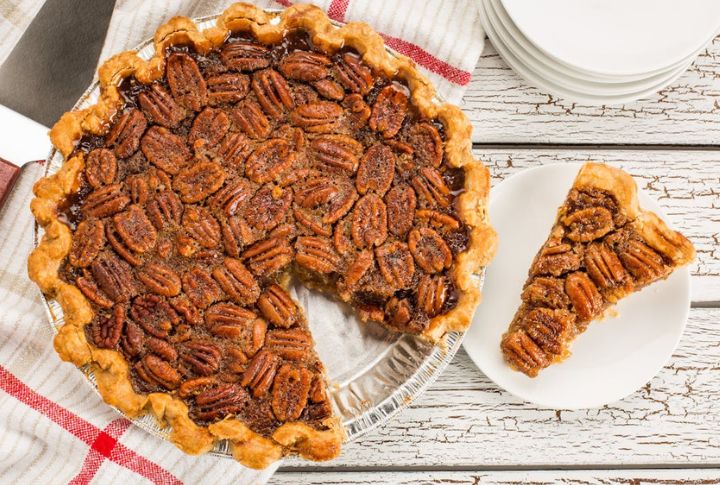
When times got tough, people had to get inventive in the kitchen—and the 1860s were no exception. With ingredients scarce and fresh food a luxury, folks had to make do with whatever they could get their hands on. But here’s the kicker—some of those resourceful meals stuck around. Let’s take a look at ten dishes born out of necessity that never faded from our tables.
Hardtack

Hardtack has stood the test of time as a simple, durable cracker made from just flour and water. Originally valued for its long shelf life, it later became a staple for sailors and even modern campers. While early versions were rock-hard, today’s adaptations, like gourmet crackers, add seasonings and better textures.
Cornbread
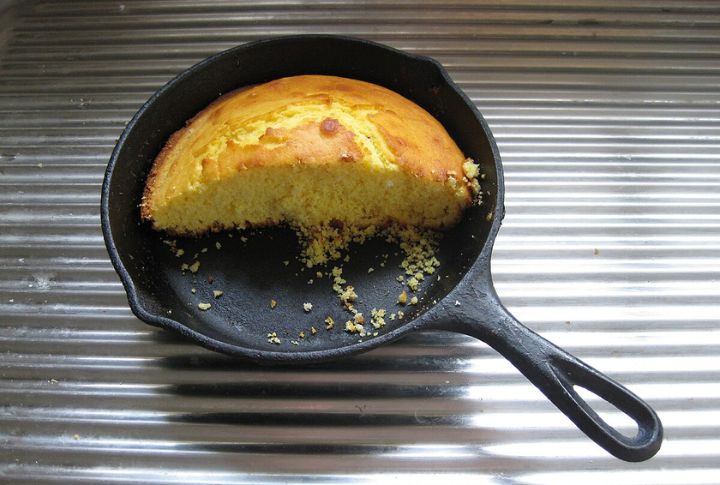
When wheat supplies ran low, cornmeal became the grain of choice. Families relied on cornbread because it required no yeast and could be cooked in a skillet or over open flames. This practical and filling staple remains a Southern favorite, served with everything from stews to barbecue.
Johnnycakes
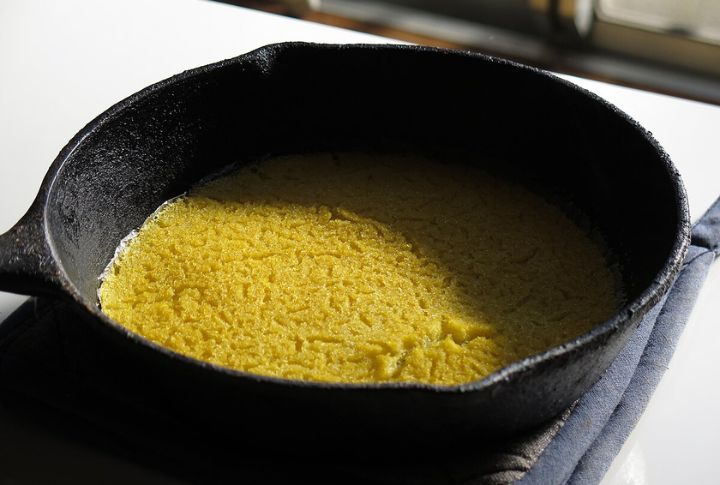
Johnnycakes date back to Indigenous communities, who first made them with ground corn and water and cooked them on hot stones. European settlers adopted the recipe, frying the batter into crisp, golden cakes. Today, variations include adding milk, eggs, or sugar, but the original version remains a staple.
Bean Soup
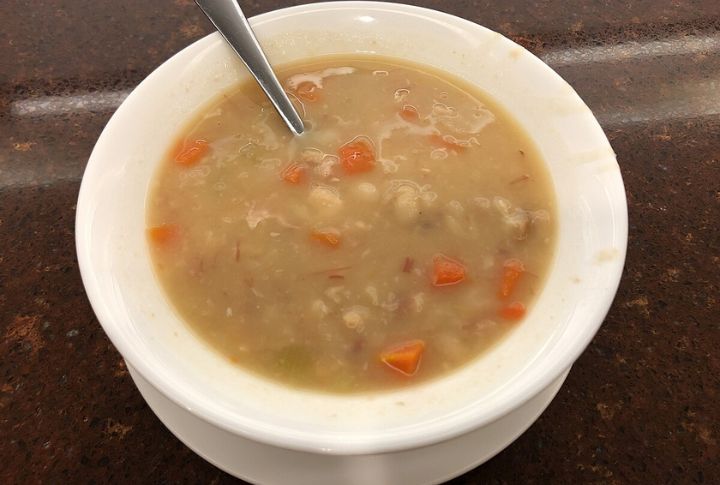
A pot of slow-simmered beans has long been a reliable meal, especially when fresh ingredients were scarce. Over time, simple versions evolved with the addition of ham, herbs, or regional seasonings. Whether thick and rustic or brothy and light, bean soup continues to be a go-to comfort dish.
Chicken Pie
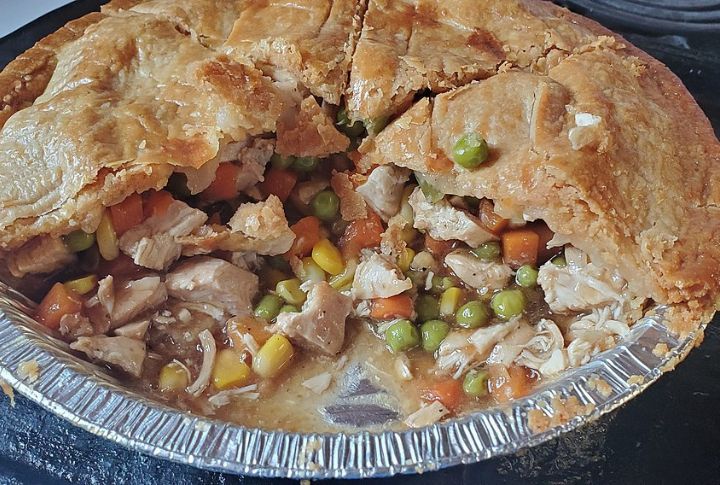
Poultry was often reserved for special occasions, but when food needed to go further, people made chicken pie. Thick crusts sealed in slow-cooked meat and vegetables, trapping heat and flavor. This technique not only preserved food longer but also inspired today’s comforting pot pie recipes.
Baked Beans
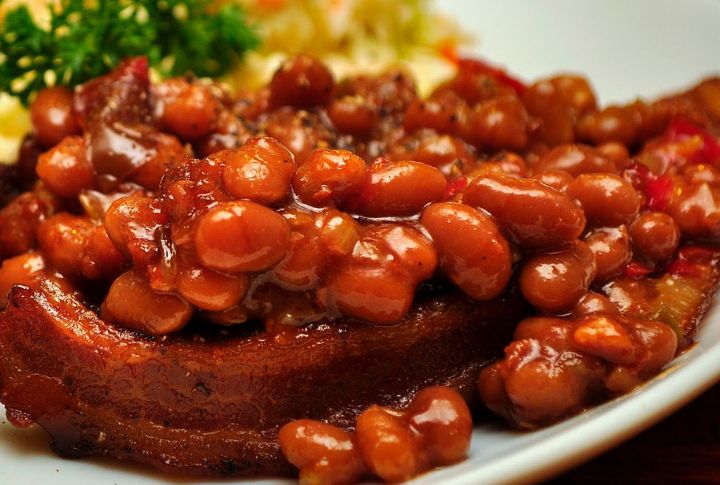
Baked beans have a history rooted in Indigenous cooking, where beans were slow-cooked underground with venison fat. European settlers adapted the method by replacing maple with molasses and adding salted pork. Finally, by the 19th century, canned baked beans became a pantry essential.
Pecan Pie
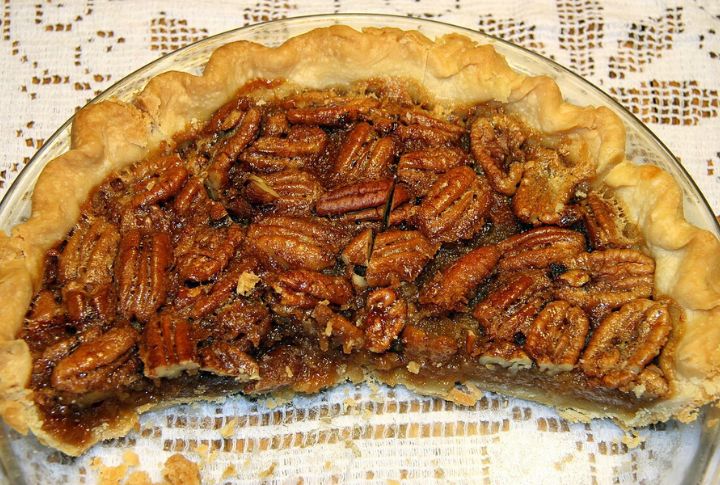
Pecans, native to North America, became a key ingredient when sugar became scarce. Molasses or sorghum syrup provided the needed sweetness, while eggs and butter created the smooth filling. This early version of pecan pie remains one of the most beloved Southern desserts.
Sweet Potato Pie

Sweet potato pie emerged as a Southern staple due to the region’s reliance on sweet potatoes, which thrived in warm climates and stored well through the winter. Influenced by European custard pies, early versions used molasses or sorghum for sweetness before refined sugar became widely available.
Hoppin’ John
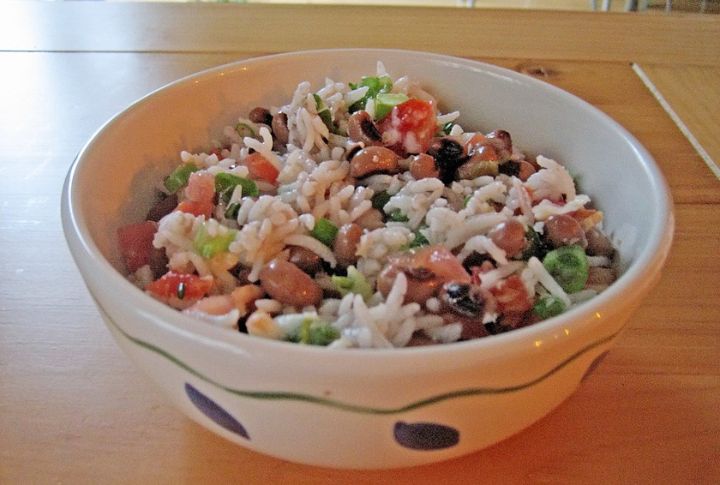
Black-eyed peas and rice have been paired for centuries, but Hoppin’ John became a Southern tradition with roots in Caribbean cooking. Known for bringing luck when eaten on New Year’s Day, this meal became a Southern classic. Its balanced mix of grains and legumes made it an everyday choice as well.
Molasses Cookies
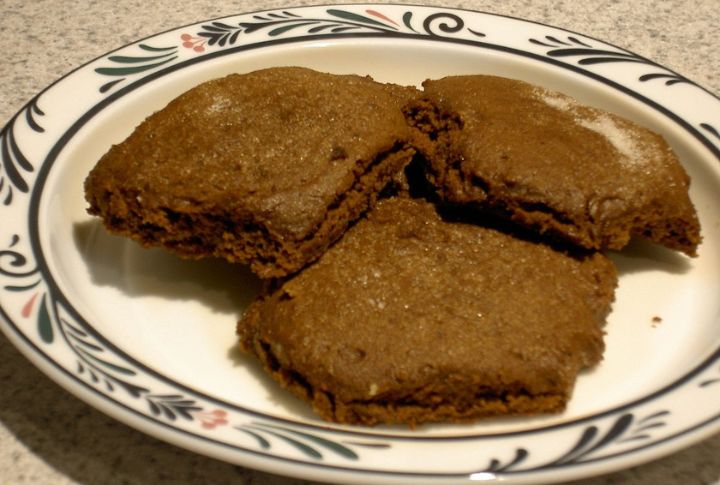
With refined sugar in short supply, molasses became the go-to sweetener for baking. Combined with ginger and cinnamon, it produced rich, spiced cookies that could be stored for weeks. Modern versions still carry that deep, old-fashioned flavor, connecting today’s bakers with those from centuries past.

